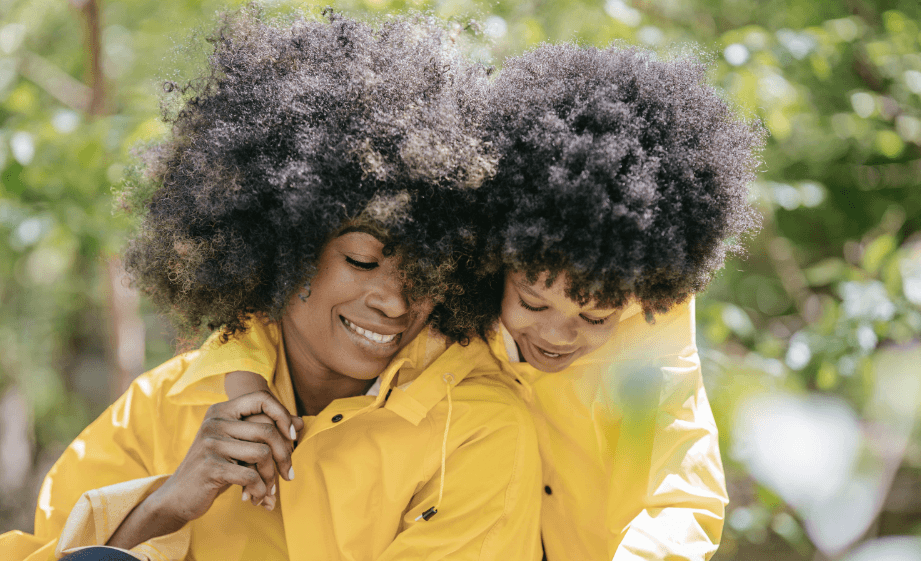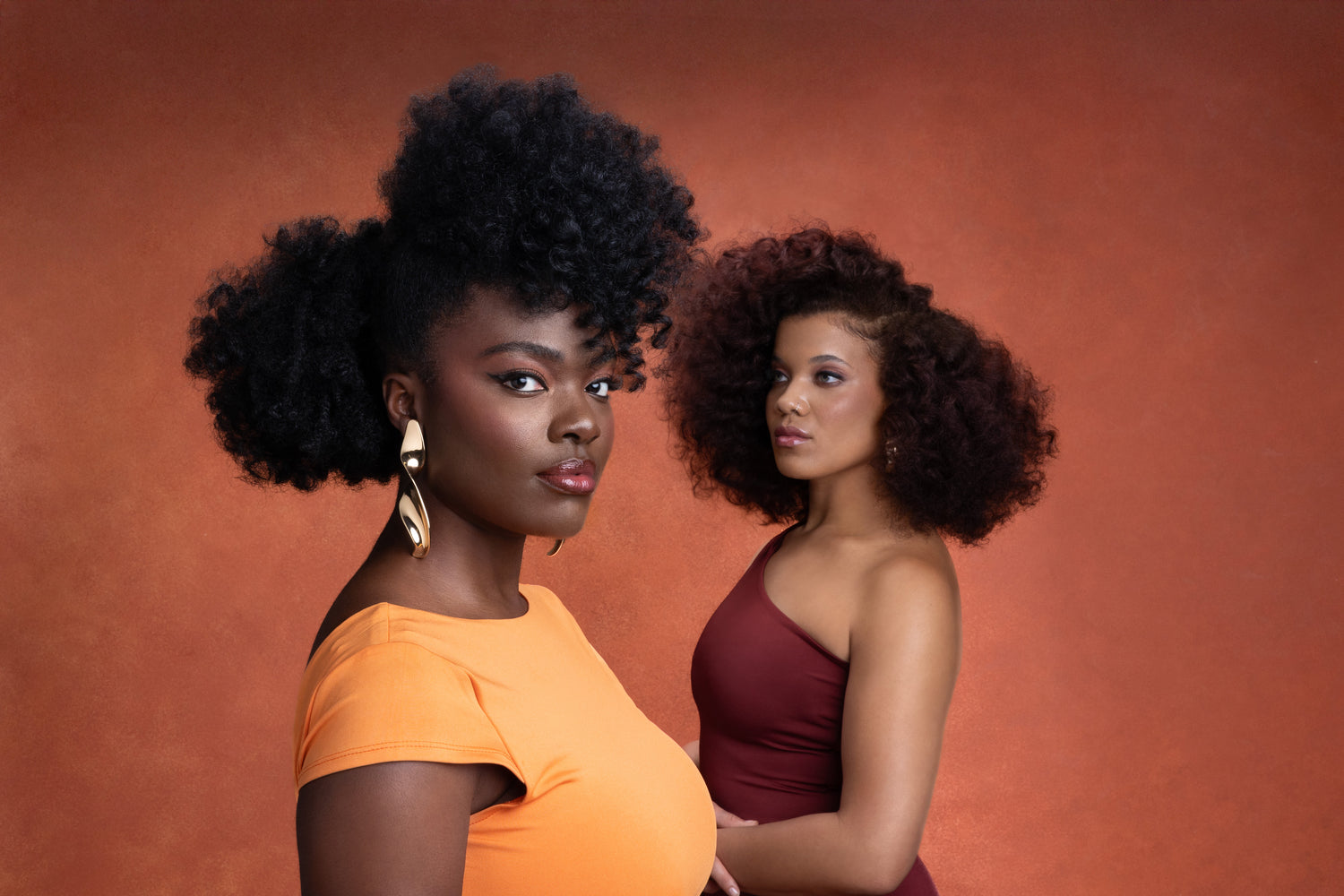Have you ever asked yourself the big why? Why does my hair actually curl and what makes curly hair curl?
Many curly haired people have their fair share of Why Why Why??? hair days.
The science behind what determines curly or straight hair structures, is fascinating. There are three main reasons why your hair bends and kinks as it does. Two of those reasons are to do with the hair follicle, and one with the hair shaft. What your hair follicles and shafts turn out like is genetically predetermined. So whether your hair is wavy, curly, coily or kinky, read on for some epic hair facts about why your hair is the shape it is.
What Is A Hair Follicle?
When it comes to making your hair curl, the follicle is the big boss. A hair follicle is a complex, multi-celled tunnel-like structure under your skin. At the bottom of the follicle is the hair bulb which forms its base. It acts as an anchor for each individual hair and is where each hair originates from. Here, living cells divide and grow to create the hair shaft. Blood vessels nourish these cells as well as deliver hormones to them. These hormones change the way our hair grows as we age, during pregnancy, or after child birth. There are also nerve endings around each follicle bulb, which is why it hurts when a hair is pulled out from its root.
The Kink In The Curl
The shape of the follicle is a major factor in determining how much kink is in your curl. The tightness of the curl is determined by follicle shape and the angle that the follicle sits in the skin. If the follicle bulb is round, hair tends to grow out straight. If it is oval, it will be curly. The more oval the bulb, the more of a kink you will get in your hair strands.

Another key factor in determining curl is the angle that the follicle sits in the dermis - the below-surface skin. If the follicle bulb sits at a 90 degree angle with the skin’s surface, the hair is likely to grow out straight. The more angled it is, the kinkier. An angled follicle bulb is one of the key reasons why afro and curly hair textures are generally drier than straight hair: it is more challenging for the hair’s oils to travel down the hair shaft. Then there’s the disulphide bonds.
What Are Disulphide Bonds?
The disulphide bonds on the hair shaft are another key determiner of hair curling. The shaft is the strand of hair itself, the part of our hair that we see growing out of our head. Each strand is made of a tough fibrous protein called keratin. Any hair above the skin surface is dead, which is why we don’t feel pain when hair is cut. The chemical bonds which hold the protein structures together are called disulphide and hydrogen bonds. Disulphide bonds are considered some of the strongest naturally-occuring bonds in nature. While the shape and placement of the follicle determines your curliness, it’s the disulphide bonds that keep the hair holding on to its shape once above scalp level and exposed to the air.
Both the quantity and placement of disulphide bonds affect the degree of curl. Straight hair has disulphide bonds evenly distributed all over the hair shaft, but in curly hair - which has more bonds - they bunch up on one side, creating beautiful waves, curls or kinks.
Disulphide bonds are so strong, they can only be altered by perming and relaxing. The harsh chemicals which make curly hair straight, forcefully “relax” these bonds on the hair shaft. Similarly, in order to force straight hair to curl, chemicals are needed that do the reverse: allow disulphide bonds to form.
So whether your hair is kinky or curly, wavy or coily, you’ve got some jaw-dropping, awe-inspiring nature to thank for those beautiful shapes!
This article was written by Nadia Idle.
Related Articles:
Afro Hair Care - The Ultimate Guide for 2022
Why is my hair so dry? 4 permanent fixes to say bye to dry hair!

